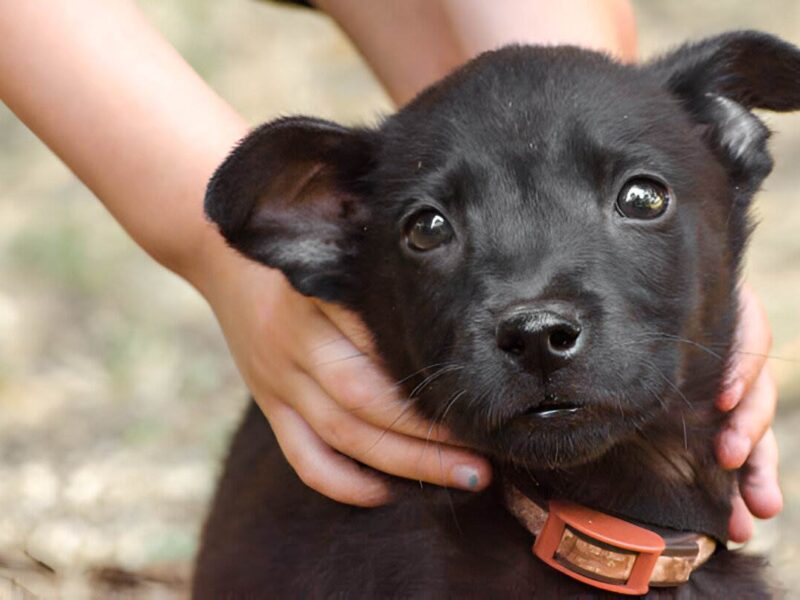One of the most beloved pets around the world are dogs. Commonly known as a “man’s best friend”, they are loyal, friendly and give their owners unconditional love. Although dogs can be considered family members, it is important to remember that they are still animals that can have unpredictable behavior such as biting.
There are two common terms that tend to be used interchangeably: mouthing and biting. In this article, we will discuss the distinct difference between the two terms and what steps you should take after a dog bite incident.
What Is Mouthing?
Mouthing involves the dog gently placing its mouth on a toy, dog, or another person without applying pressure that can cause damage. Typically, this natural behavior is commonly seen in puppies when they are learning about their environment and are developing social skills.
Additionally, mouthing is a form of communication for dogs. Dogs tend to show affection by mouthing on each other’s ears, neck, or paws. Mouthing can be seen when dogs play with each other and is usually a playful behavior, not an aggressive one.
What Is Biting?
On the other hand, biting is an aggressive behavior that involves the dog using its teeth to apply pressure to the other dog or person to cause harm. Dog bites can range from a little nip to a serious attack. The most common reasons for dog bites are that the dog became territorial, had anxiety, was afraid, or bit as a response to pain.
Dog bites are a serious issue that can cause severe injury to people and other animals. As a dog owner, it is crucial to recognize the signs of aggressive behavior and do everything possible to prevent their dog from biting.
How is Mouthing Different From Biting?
The main difference between mouthing and biting is how much pressure is applied by the dog’s mouth. To demonstrate the difference, let’s look at two different scenarios.
You are playing rough with your dog and your dog puts your hand in his mouth. If you feel little to no pressure, your dog is mouthing, therefore exhibiting nonthreatening, playful behaviors. However, if you feel more pressure than usual and it is causing you pain, he is biting you. In this scenario, he is exhibiting threatening and harmful behaviors.
What To Do If You Were A Victim of a Dog Bite
If you were involved in a dog bite incident, we recommend that you take immediate action and follow these steps:
- Collect Evidence
According to the dog bite attorneys at the Law Office of Andrew G. Rosenberg P.A., it is crucial that you document the incident. They suggest that you take photos and videos of your bite and the dog that bit you. Additionally, obtain any eyewitness statements. They recommend collecting evidence of the incident so that you can prove fault and effectively receive financial compensation if you decide to pursue legal action.
- Seek Medical Attention
Call emergency services or go to the hospital as soon as possible. Do not wait days or weeks to get evaluated. Dog bites are prone to infection and you don’t know whether the dog was vaccinated against illnesses such as rabies.
- Report the Dog to Animal Control
When you report the dog to animal control, they will investigate your case and ensure that the dog is not a threat to others. Animal control will discuss the consequences of their dog’s actions with the owner.
Generally speaking, mouthing and biting are two significantly different dog behaviors. Mouthing tends to be a more playful behavior whereas biting is an aggressive behavior. If you were involved in a dog bite incident, we recommend that you obtain evidence from the accident, call emergency services to treat your wounds, and call animal control to report a dangerous dog.


